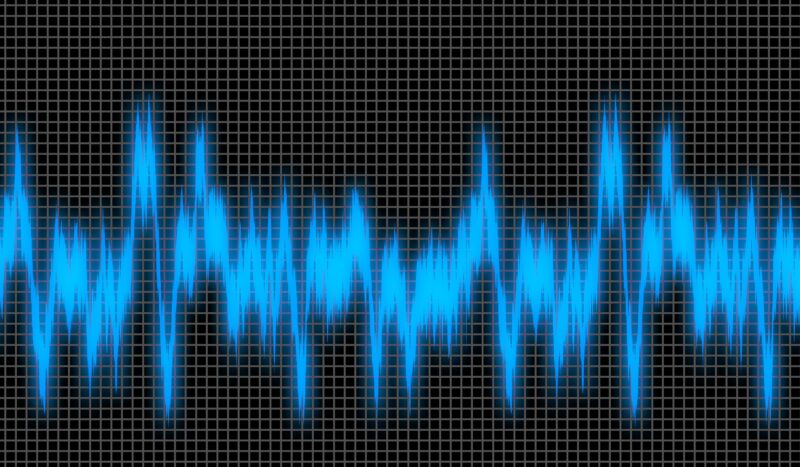Where is Voice Recognition Used? The Best Applications of Voice Recognition in 2024
Voice recognition has seen many new developments since it was invented, to the point where it’s now a part of our daily lives – whether at work or at home. Seeing how voice recognition has integrated itself so widely speaks to its importance. Voice recognition can be an efficiency booster or even a necessity for some jobs. This article details the best applications of voice recognition.
Voice recognition at work
You can use your voice to increase productivity and efficiency at work. Voice recognition can be used to trigger macros or quickly send and receive information. For example, after setting up voice recognition software on your computer and building a voice shortcut, you can say “start my day” into a microphone to open your email platform, your homepage, and your instant messenger.
Voice recognition has thousands of practical applications for different work environments, but is particularly useful in business, health care, and law enforcement.
Voice recognition in business
Your voice can be a powerful tool in business. One of the best applications of voice recognition is in the Microsoft suite of products. You can use voice recognition for Excel to quickly perform macros, such as filtering data and sorting or running functions on that data. You can also use voice recognition for typing, which means you can dictate directly into an email or use voice dictation for Word to quickly get your thoughts into writing.
Voice recognition in healthcare
Voice recognition is helping physicians be more efficient, making more time for patient care. With a wireless microphone, physicians can use voice recognition for medical conversations and record notes without clicking and typing them into a computer manually. Another application is speech recognition software for transcription – physicians can dictate directly into their patients’ health records and proofread their entries to perform their documentation without a transcriptionist.

“Speech recognition reduces the documentation burden placed on physicians by allowing them to efficiently, accurately and securely document their clinical findings in an effortless manner, in any EHR. Having implemented speech recognition and workflow optimization solutions for many years, Dolbey and their Fusion Narrate solution provides hands down the best user experience. Fusion Narrate is a game changer for busy physician practices, radiologists, pathologists and hospitalists.”
- Chad Hiner RN, MS VP, Customer Experience at nVoq, Inc.Voice recognition in law enforcement
Much like in healthcare, voice recognition can be used for accurate, real-time reporting in law enforcement. With a recording device, law enforcement professionals can dictate and automatically save their reports without the need for a transcriptionist. Since phones have also come a long way, some law enforcement professionals use phones as their recording device and save their reports to the cloud instead of using a computer.
Fusion Narrate keeps officers safer and more situationally aware by providing improved in-car documentation and safety. Officers can keep their eyes on their surroundings while stationary in their patrol car by using only their voice to look up license plates, write reports, or respond to calls.
Voice recognition in your daily life
Some people use voice recognition daily, some use it for just about every task on a computer or phone, some might avoid it altogether. Likely, even if you don’t actively use voice recognition in your personal life you’ve at least encountered voice recognition. Maybe it was to pay a bill or return a package over the phone, or maybe you tested it out when you got a new phone – but voice recognition has come so far, it’s easy to overlook just how widely it’s used today. These are some of the best applications for voice recognition in your day-to-day life.
Voice recognition for your phone
Arguably the most used application of voice recognition is voice recognition for smartphones. Many people use their voice to text or call someone, make notes, set alarms, or perform other actions on their phone. The obvious appeal is that if your hands are busy or you want to do something on your phone quickly, you can do what you want with just your voice.
Many of these same features can be found on wearable technologies, like smart watches, or in-home assistants, like the Google Home. As you connect more devices, you can start using your voice wherever you are.
Voice recognition in cars
In-car voice technology has made it safer and easier to navigate – and to listen to exactly what you want, whenever you want. Most new cars can connect to Bluetooth devices, such as smartphones, which effectively makes your car voice enabled; just talk to your phone to start navigating or listening to a playlist. However, some newer cars have their own speech recognition to remove your phone from the equation and let you navigate or listen to music without ever looking at a screen.
Voice recognition for accessibility
If you are unable to type freely or are visually impaired, voice recognition can be hugely beneficial. It can allow you to navigate or communicate online or on your phone with just your voice, which makes computers and smartphones more accessible for some individuals.
Voice recognition for security
Voice recognition technology has evolved to the point where a voice can be uniquely identified. This has some powerful implications for personal security and identification. One development for personal security is voice authentication through what’s called biometric identification – essentially, using your voice to unlock your device. This means that something only you have access to – your voice – can be your password.
Voice technology is making it easier to do what we want hands-free. You can rely less on your mouse and keyboard (or your phone keyboard) and perform the same actions with less effort. Voice recognition will continue to become more accurate and have even more practical applications as it improves. If any of these applications for voice recognition sound interesting to you, seek them out – and start using your voice more!
